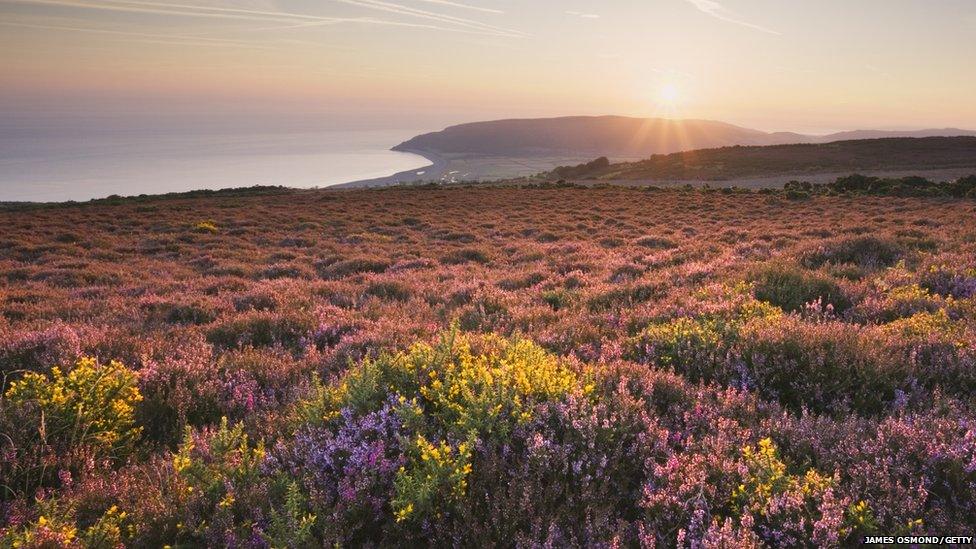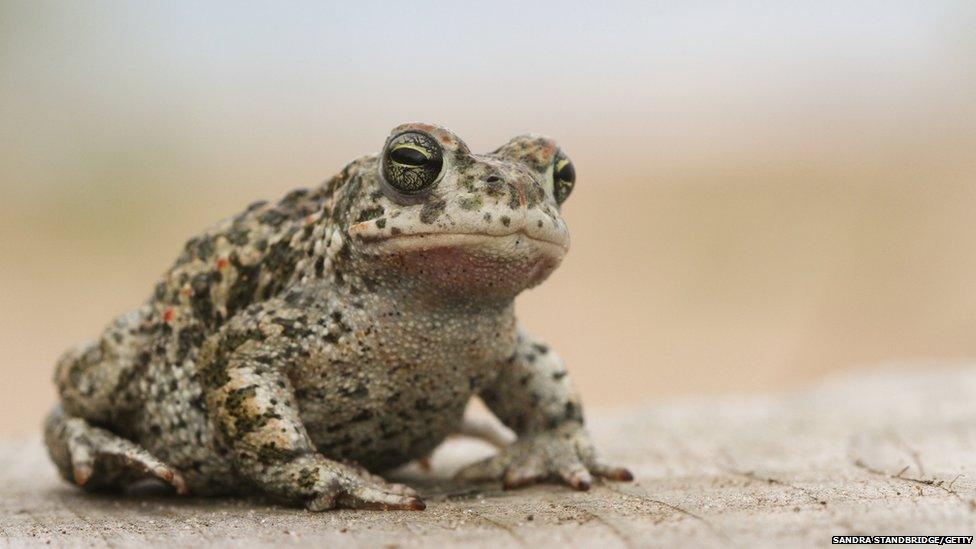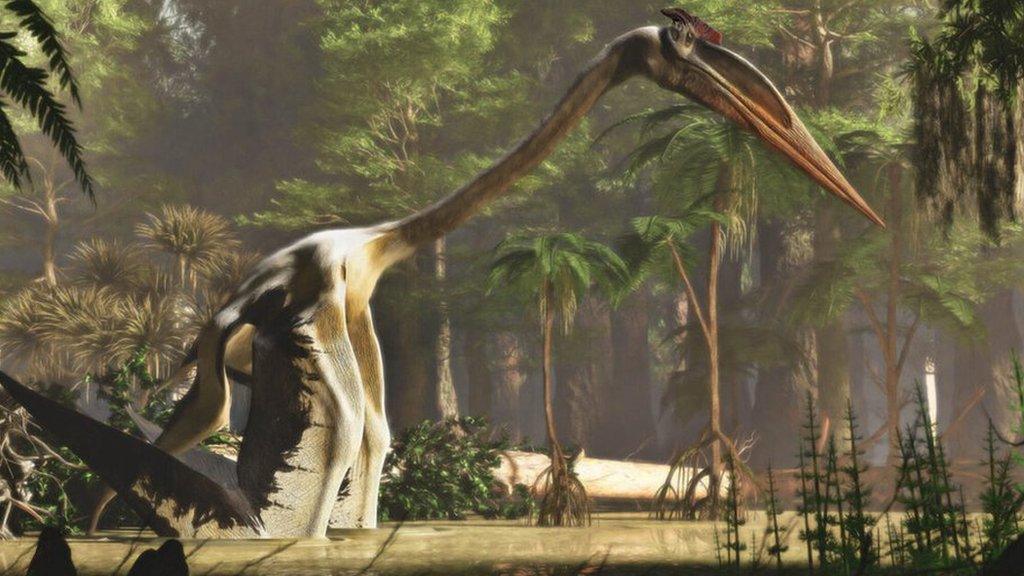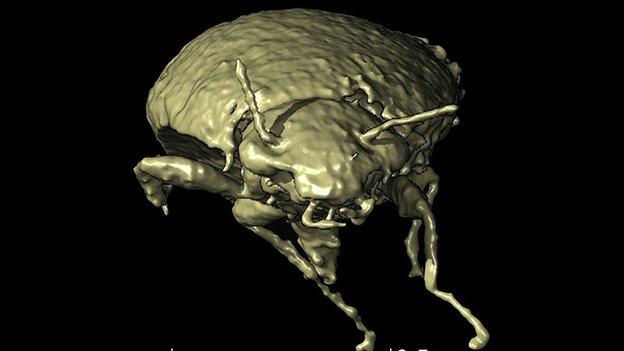Home of Britain's rarest reptile restored after 5 years
- Published
- comments

These little guys have been given the keys to their brand new pads in Hampshire and Sussex!
Sand lizards in the UK have a brand new home, thanks to the five-year-long efforts of wildlife conservationists.
They're one of the UK's rarest reptiles, because their natural habitats of sandy heaths and dunes had been largely destroyed.
But heathlands have now been restored in 41 sites across the South Downs National Park in Hampshire and Sussex, giving the scaly guys a new place to live.
In total, the new sites add up to an area roughly equal to 18,000 football pitches!

These are coastal heaths in Exmoor National Park in Somerset
Heathlands are a type of shrubby habitat that are made of open, low-growing woody vegetation.
The Heathlands Reunited Initiative received a whopping £2 million donation from the National Lottery Heritage Fund which helped support the restoration project.
The recovered habitat has also enabled the return and recovery of endangered species including the field cricket, the Dartford warbler and the natterjack toad.

The natterjack gets its name from the rasping mating call males make in the Spring
A spokesperson for the South Downs National Park said: "The need was profound because less than 1% of former heathland remains in the National Park and what was left was very fragmented, leaving animals and plants vulnerable to extinction in these isolated island habitats.
"Heathlands are, in fact, man-made and only exist because our ancestors used them to dig peat for fuel, harvest heather and graze animals, unwittingly creating a unique mosaic of habitats which many plants and animals now can't survive without."
Sand lizards dig burrows for shelter, and they can be as deep as one metre
Females are a sandy-brown colour, but males have easy-to-spot bright green sides
They can live for up to 20 years
Andrew Lee, Director of Countryside Policy and Management at the National Park Authority, said: "We all know biodiversity is under unprecedented threat, but Heathlands Reunited is one of the success stories, showing how much can be achieved if we make space for nature.
"Seeing animals such as the woodlark, sand lizard and field cricket flourish once again is truly inspiring."
- Published11 September 2013
- Published10 December 2021

- Published2 July 2021

